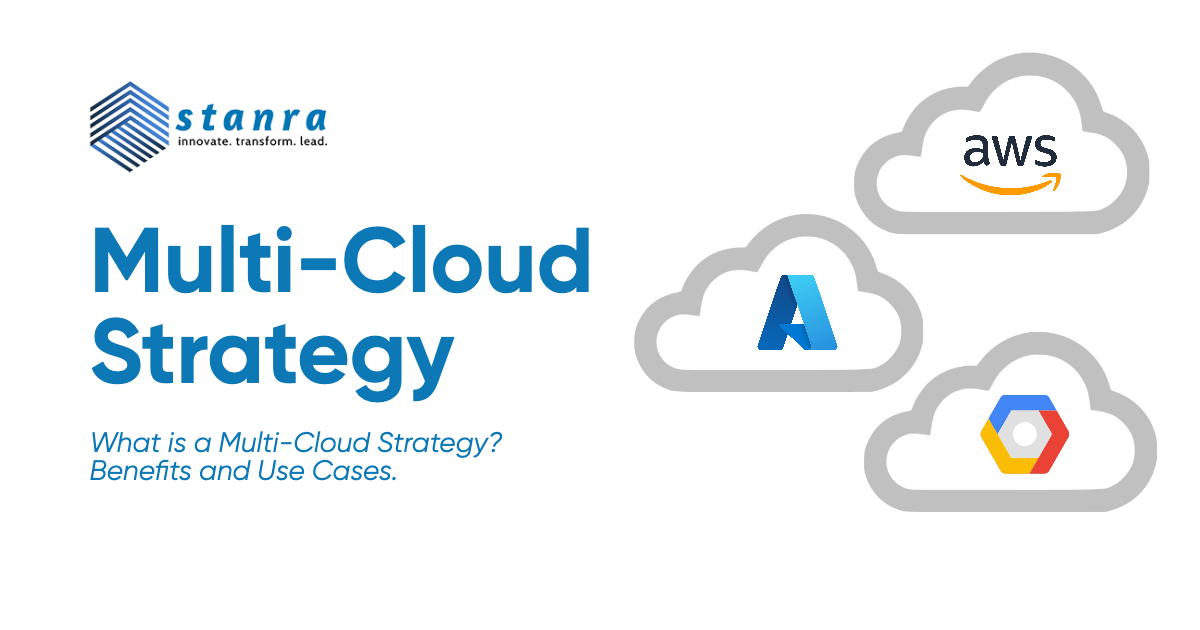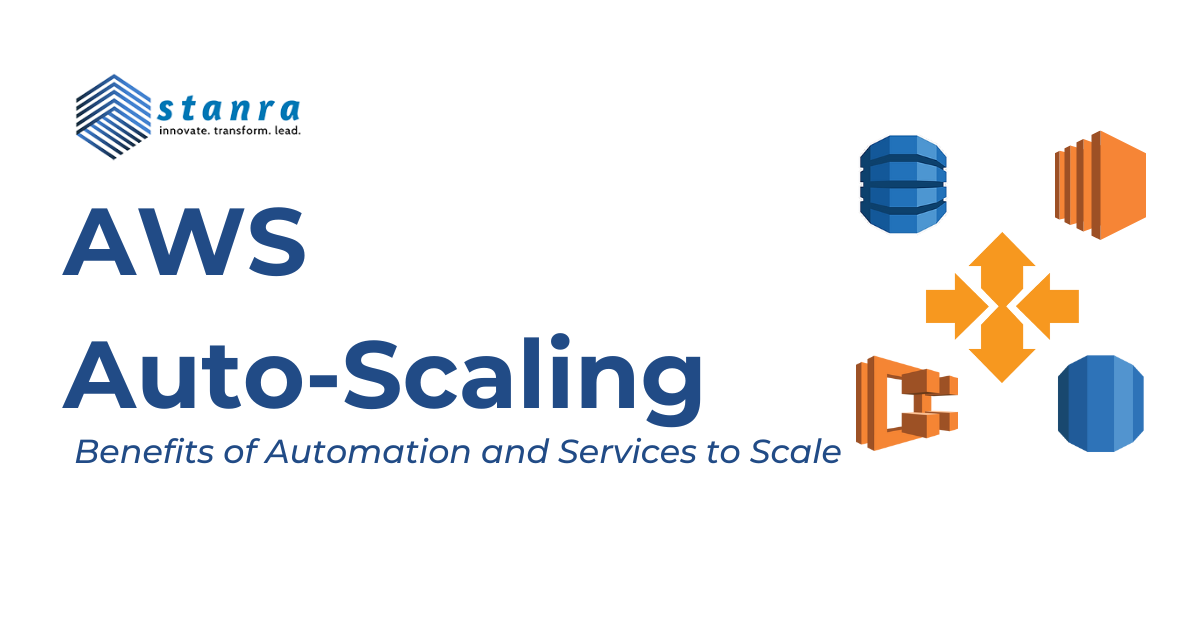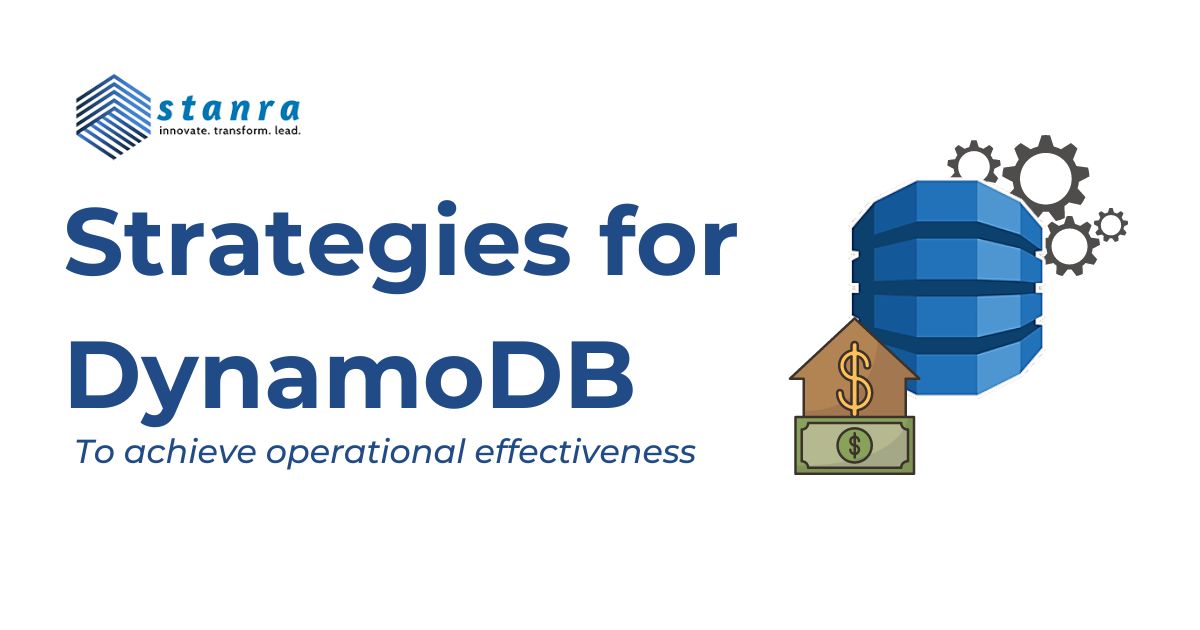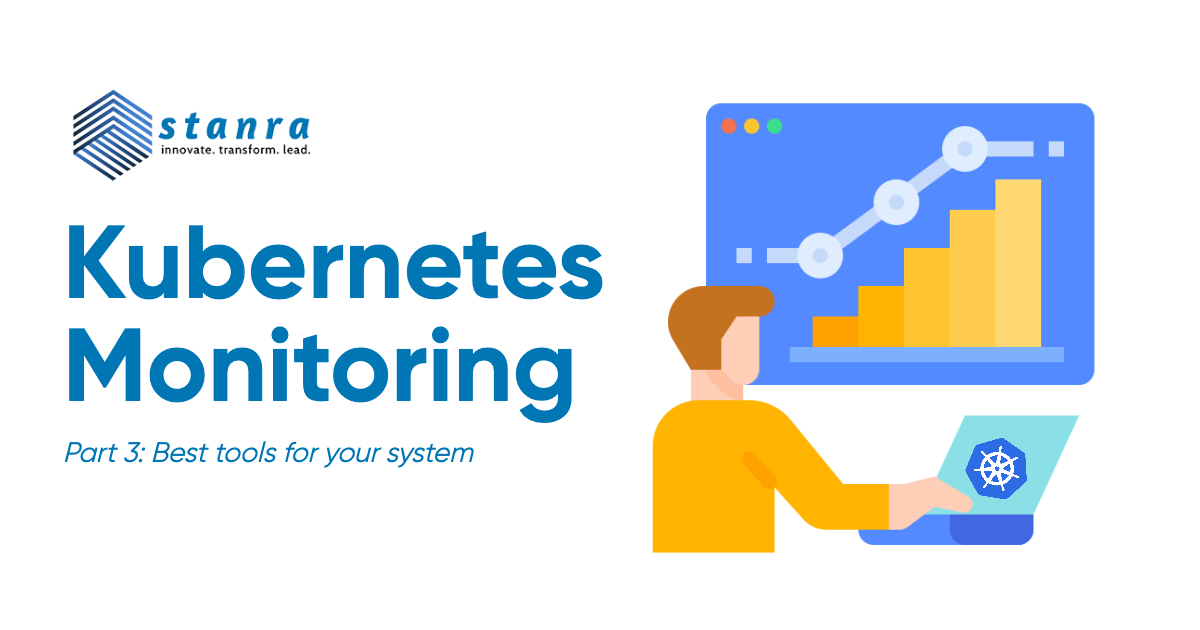As flexibility and speed emerged as the most appealing factors of cloud adoption, businesses have started moving from a single cloud provider to multiple cloud providers. In this article, we discuss what a multi-cloud strategy means, what are some of its benefits over using a single cloud provider and how organizations across industries are driving business value from this approach.
What is a Multi-Cloud Strategy?
When a business or company uses a combination of two or more cloud services from different cloud vendors, they’re deploying a multi-cloud strategy. It can be a combination of private and public or all public, all private. By distributing compute resources among multiple cloud computing platforms, the risk for possible downtimes can be reduced to create a more secure environment of data. This approach also increases the storage capacity and compute power that helps in scaling the operations that leverage on-demand storage and real-time syncing capabilities.
Customers from different countries may have specific demands for features and it can only be served by using a blend of multiple cloud platforms or vendors that complete your strategy. Ultimately this leads to a better user experience due to the increase in the number of data centres while fulfilling developers’ needs by using proprietary services from multiple cloud providers.
Benefits of Multi-Cloud
Businesses are constantly involved in efforts to beat the competition by continuously innovating and giving the end user a much smoother experience. Using a single cloud provider may limit business agility and reduce the scope for innovation. Here is a list of top benefits of using a multi-cloud strategy:
1. Competitive Pricing
While all cloud competitors try to keep their costs around the same, there are some criteria where one provider might be better than another for a specific business use case. For example, when we consider the price of the minimum instance offered by AWS and GCP, at $52/month GCPs Two Virtual CPUs and 8GB RAM configuration is $17/month cheaper than AWS. For new businesses and startups, this has the potential to make a huge difference.
2. Infrastructure Benefits and Innovation
Cloud providers have their specialities and if a business wants the best of all that they have to offer, they are highly encouraged to go for a multi-cloud approach. While AWS and Azure are considered the best for enterprise-level solutions, GCP has built-in AI and ML solutions to offer that google itself uses for YouTube and Google Search Engine.
3. Backup and Recovery
Service providers promise an uptime of 99.99% but when your business is running mission-critical workloads, investing in multiple cloud providers can give you that extra resilience.
4. Low Latency and Better Network Performance
Almost all major cloud providers have regions across the globe but if your customers demand the lowest latency possible, deploying your applications and services as close as possible can build a low-latency, high-speed infrastructure that gives faster response times and a better user experience.
When to use a Multi-Cloud Strategy?
1. High-Performance Application
It takes time to access the data stored at distant locations across the cloud network and minor delays caused due to data traffic across several nodes can slow down your application. Having a multi-cloud infrastructure would ensure that the data centre closest to your end-user can serve the requested data with the lowest possible latency. If your business case requires you to deliver at the lowest latency possible, then investing in expanding using other cloud service providers that add on to the array of availability zones would benefit both you and your customer.
2. Data Governance and Increased Security
If your business is dependent upon the cloud for storage and access of sensitive information or you just want to have a contingency backup plan, multi-cloud paired with a hybrid cloud model can serve beneficial. While all your data would be backed up by multiple cloud providers, requesting authentication from an on-prem datacenter would increase the security of your operation.
3. Increasing ROI
Experimentation and prototyping in short time frames can be possible if you use only one cloud provider because of the close integration of services in an ecosystem. But if you want to look further for better results and increased ROI due to better pricing of the same service, you might want to explore a multi-cloud strategy.
These are just some of the ways we know a multi-cloud strategy can be useful in a business case but it really depends upon the case of each company and whether the increased knowledge and resources that would be required to implement such architecture become beneficial or not. Connect with us or visit us on our website to develop your Multi-Cloud strategy.







Leave A Comment